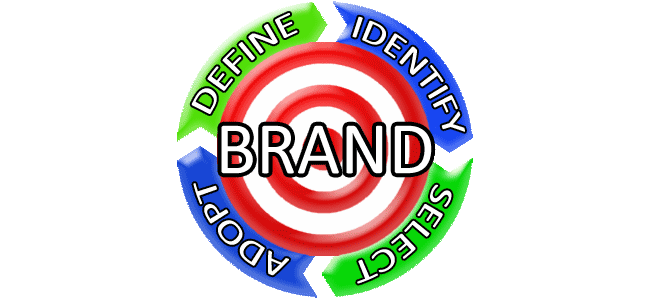Branding Confusion
Over several decades in the marketing realm, we’ve worked with a number of clients, brands and campaigns. This group includes companies and brands ranging from the very small to the very large and just about everything in between. One of the most surprising truths we’ve found in dealing with such a range of businesses is that so many of them fall into a very non-productive category. That category is defined as follows: Those who don’t have a clear brand strategy or largely ignore the one they have.
When faced with a company in this predicament, we recommend three simple steps to help get them moving in the right directions.
- Start With A Strategy
- Stay Consistent
- Give It Time To Work
Start With Strategy
This may seem surprising but it is too often true that, regardless of size, many companies lack this basic building block of a successful brand. We’re talking about a clearly defined Brand Strategy. If you are working with brands, and if you’re in business you must be, start by defining the strategy for your brand. This strategy doesn’t need to be complex but it does need to be documented and clearly understood. A simple strategy needs to answer at least these few basic questions for the brand in question.
- What are the key attributes of the brand? These are the unique points of differentiation that make the brand distinct from the competition.
- Who is the primary consumer group for the brand? This might include age, sex, education, income level, occupation or whatever targeting characteristics are relevant.
- What pricing strategy will the brand follow? This includes the core price positioning as well as various discounting and promotional components.
- What is the competitive set for the brand? In short, this represents other companies or brands you are intending to take business from in order for your brand to succeed.
Stay Consistent
While many companies are reluctant to spend time developing a strategy the payoff arrives here in Step #2. Consistency is possibly the most important factor in the long term success of a brand. One brand we worked on had a competitor whose success was a complete surprise to a large number of their brand team. The competitor seemed to have a very simplistic approach to branding and had been using the same campaign for nearly 20 years. The brand eventually snuck up on the competition to become a Top 3 brand in the industry. Even when we pointed it out, it was very difficult for them to accept that the brand was a success precisely because it adhered to a very simple campaign for 20 years.
Because it is easy to stray, this may be the most difficult step of the three but it does become easier with practice. The key benefit of staying consistent with your strategy is that it provides very simple answers to two questions that weigh heavily on your brand.
- What should you do with your brand?
- What shouldn’t you do with your brand?
Give It Time To Work
The final component to a successful brand strategy can also be very difficult. In today’s world we are conditioned for immediate gratification. Unfortunately, the very nature of the word “strategic” dictates that it is a long term plan. While tactics can change periodically, a strategy must stay consistent over time to realize the benefits. While we’re not suggesting you stick with a bad strategy (if you know it’s bad fix it now), we are saying that it generally takes years to clearly see the benefits of a sound strategy. This makes it extremely important to have a champion for the strategy in a position of high authority. This can help overcome periodic straying from the strategy resulting from things like impatience and position turnover.
Message Trumps Medium
Overall, as the title of this article suggests, the message of the brand should be consistent with the strategy regardless of the method of communication. What you say about your brand is much more important than the many vehicles you’ll use to communicate it. This applies to traditional media types like TV, print and radio as well as newer types like the internet and social media. If you have the right message, it should play well through just about any media type. If the message is wrong, it won’t matter how you spread it.
